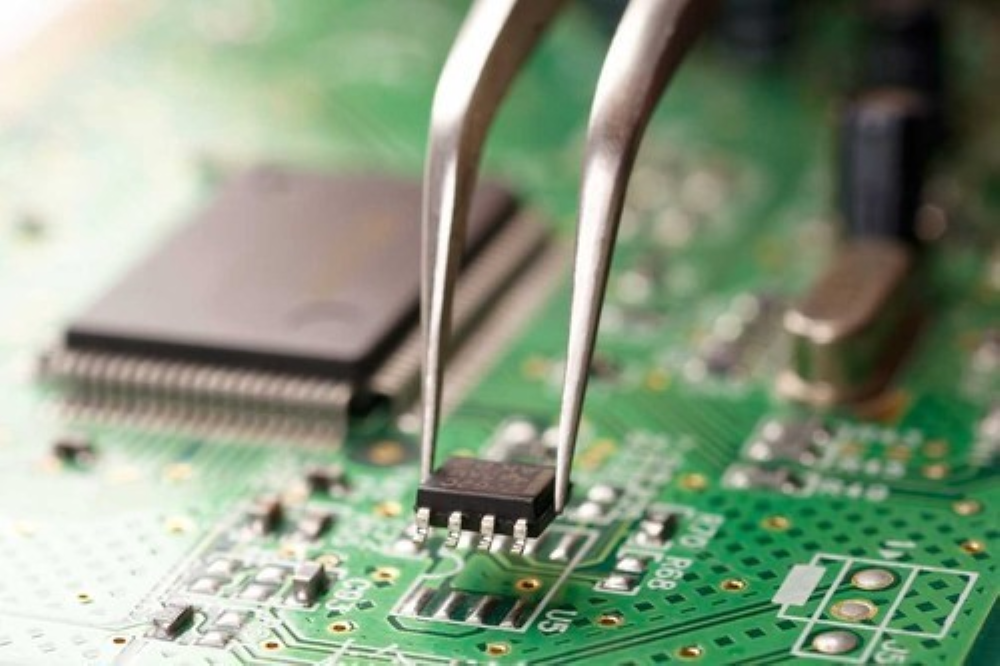In the intricate world of electronics manufacturing, the term turnkey box build assembly is often encountered. But what does it really entail? In simple terms, it is a comprehensive manufacturing solution where a service provider takes full responsibility for the entire process, from sourcing components to the final assembly. This article aims to explore what turnkey box build assembly involves, its benefits, and why it is becoming increasingly popular among exporters and importers.

What is a Turnkey Box Build Assembly?
A turnkey box build assembly is a manufacturing process where the service provider manages all aspects of production. This includes prototyping, procurement, assembly, testing, and logistics. The term ‘turnkey’ implies that the product is delivered to the client ready for use, with no additional input required from them.
Key Components of Turnkey Box Build Assembly
Procurement of Parts
One of the primary tasks in a turnkey box build assembly is the procurement of components. The service provider sources all necessary parts, ensuring that they meet the required specifications and quality standards.
Assembly Process
The assembly process involves the integration of various components into the final product. This requires precision and expertise to ensure that the product functions correctly.
Quality Testing
Quality assurance is a critical aspect of turnkey box build assembly. It involves rigorous testing to ensure that the product meets all required standards and functions as intended.
Benefits of Turnkey Box Build Assembly
Cost Efficiency
By outsourcing the entire manufacturing process to a single provider, companies can achieve significant cost savings. The provider leverages economies of scale to procure parts at lower costs, and the streamlined process reduces overheads.
Time Savings
With the service provider handling all aspects of production, companies can focus on other critical areas of their business. This results in faster time-to-market for products.
Improved Quality Control
The centralized nature of turnkey box build assembly allows for better quality control. The service provider implements rigorous testing and quality assurance processes, ensuring that the final product is of the highest quality.
Why Exporters and Importers Prefer Turnkey Solutions
Turnkey box build assembly is particularly beneficial for exporters and importers. It simplifies the supply chain, reduces the need for multiple suppliers, and ensures consistency in product quality.
Challenges in Turnkey Box Build Assembly
Supply Chain Management
Managing the supply chain can be a complex task, especially when dealing with multiple suppliers. It requires careful coordination to ensure timely delivery of components.
Maintaining Quality Standards
Ensuring consistent quality across all products is a challenge. It requires rigorous testing and quality control measures.
Communication
Effective communication between the client and the service provider is crucial to ensure that the final product meets the client’s expectations.
Conclusion
In conclusion, turnkey box build assembly offers a comprehensive solution for electronics manufacturing. It provides numerous benefits, including cost efficiency, time savings, and improved quality control. Despite the challenges, it remains a popular choice among exporters and importers due to its ability to simplify the supply chain and ensure consistent product quality.

FAQ
What is the main advantage of using turnkey box build assembly?
The main advantage is cost efficiency and time savings, as the service provider manages the entire manufacturing process.
How does turnkey box build assembly improve quality control?
By centralizing the process, the service provider can implement rigorous testing and quality assurance measures.
What are the challenges of turnkey box build assembly?
Challenges include supply chain management, maintaining quality standards, and ensuring effective communication.


